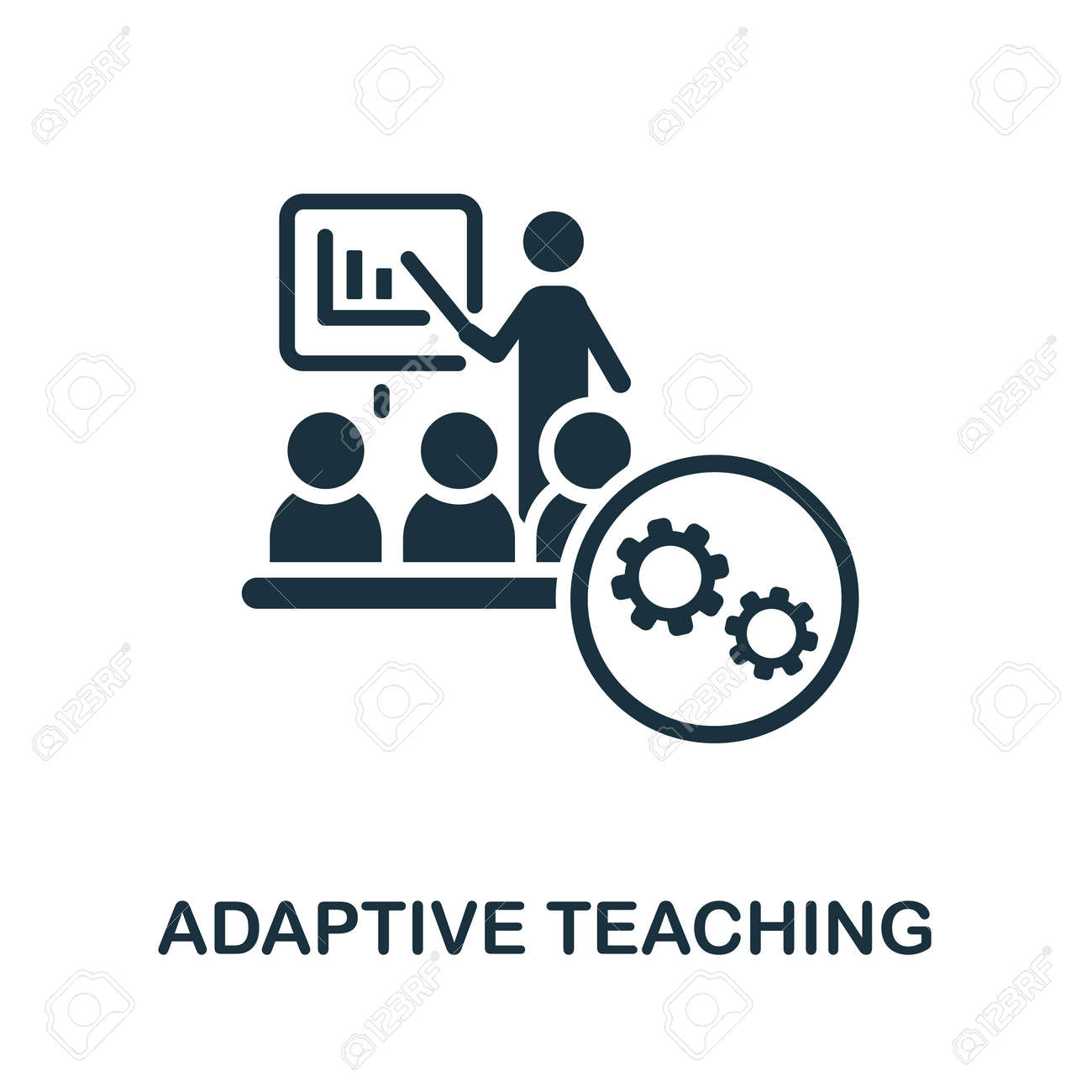
Tutoring strategies must be tailored to the developmental stage, learning style, and emotional needs of each age group. When working with primary school students, the focus is often on building foundational skills in literacy, numeracy, and basic problem-solving as well as fostering a love for learning. These students benefit from techniques such as visual aids, hands-on activities, and frequent encouragement. Sessions should be dynamic and interactive, using games, storytelling, and movement to maintain engagement. Establishing routine and trust is key, as younger learners thrive in environments where they feel safe and supported.
In contrast, high school students require a more structured and goal-oriented approach. Their academic demands are higher, and tutoring often targets specific outcomes like exam preparation, assignment support, or subject mastery. These learners benefit from critical thinking exercises, study strategies, and time management coaching. Tutors should encourage independence by guiding students to take ownership of their learning by setting goals, tracking progress, and reflecting on outcomes. Emotional support is still important, especially as teens navigate exam stress and academic pressure.
Communication style also shifts between age groups. With younger students, tutors may use simpler language, more repetition, and playful tones. With older students, it’s important to foster mutual respect and treat them as partners in the learning process. Flexibility is essential as some high schoolers may still need reassurance and scaffolding, while some primary students may be advanced and ready for an extra challenge.
Ultimately, effective tutoring adapts not just to age, but to the individual. Whether it’s helping a Year 3 student grasp multiplication or guiding a Year 11 student through essay writing, the tutor’s role is to meet the learner where they are and help them grow with confidence.
Sophia McLean

